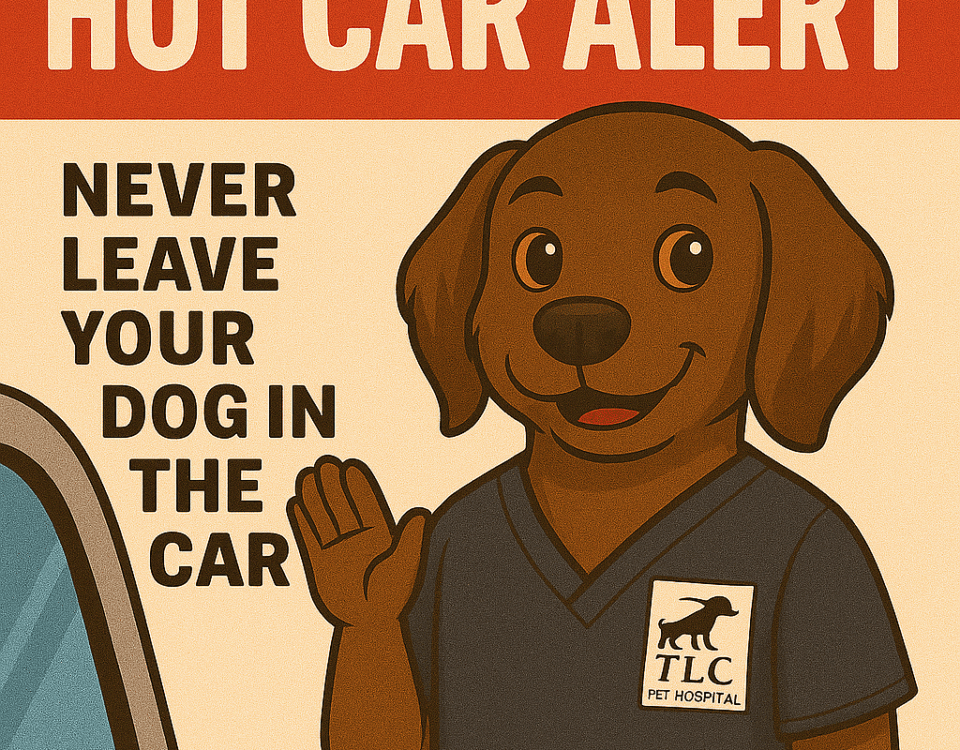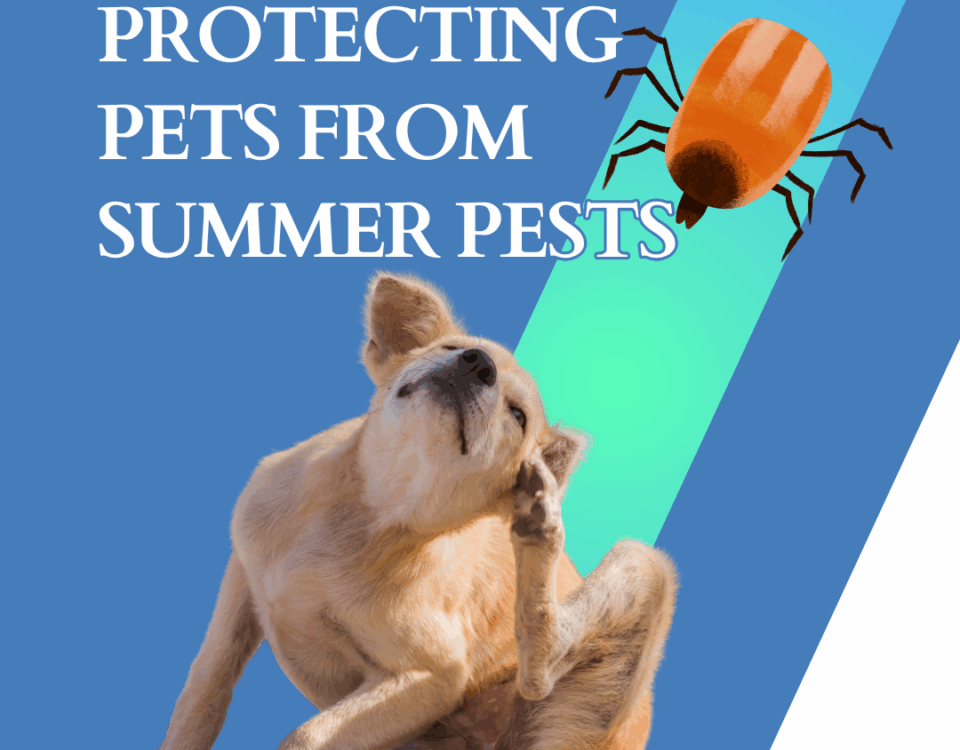A Cute Video…
September 17, 2012Ear Mites in Cats
September 24, 2012In case you’ve never had the pleasure of handling an anal gland, let me properly inform you. In this post I will distinguish between the pervasive fictions applied to the structures and the biology of their existence, their raison d’être and the disgusting consequences of their disease.
Anal glands are two small, grape-shaped glands located just under the skin at four o’clock and eight o’clock to the anus. The fluidy, odoriferous material they normally produce is used by dogs, cats, and other small mammals to lend a unique scent to their stool, thereby identifying it as their own. Butt-sniffing is, at least in part, a behavior that recognizes this special aroma as peculiar to an individual and worthy of special attention.
In domesticated animals, the anal gland no longer retains its lofty status as preeminent signpost of a territorial boundary to be respected by all neighbors. Canine and feline glands are considered vestigial, much like an appendix (the “cecum” in dogs and cats) or a dewclaw. They are essentially useless glands which, unfortunately, are rife with opportunities for offensive disasters and disorders.
The most common problem with anal glands occurs when inflammation of the perineum or anus itself allows for swelling at the site of their outflow. Thus frustrated, the gland’s indwelling material continues to accumulate, creating pressure within the structure and discomfort to the pet.
Most pets (usually dogs) will bite, scoot, twirl on their behinds or otherwise demonstrate dissatisfaction with the area. Some will simply be stinky in a gross, fishy sort of way. In these cases, a trip to the vet is often in order; to free the anal glands of the bulk of the material and to deal with the itchiness in the surrounding area.
It’s important to note that cats don’t usually engage in the same behavior. Many times, though the glands are full and uncomfortable, cats will continue to tolerate the situation. This may well be because the area is not itchy in their case; we think it’s merely an increasingly uncomfortable sense of pressure they feel. Overweight cats are especially prone to anal gland disease, perhaps due to the stress imposed by the heavy folds of skin on the perianal region.
Left untreated, both dogs and cats will sometimes even get a nasty infection of one or both glands which may well lead to a painful abscess. Swelling, redness, smelly, and discolored drainage and/or ulceration on one side of the anus are the typical signs. Most owners seem surprised by the event. And that’s because abscesses occur most frequently in pets who have not demonstrated the telltale signs of discomfort that might have led to a preventative vet appointment.
The tricky thing about anal glands is trying to determine how often to squeeze these suckers. Left in the hands of the untrained (and sometimes even in the hands of an expert), excessive expression in an otherwise comfortable pet can lead to lots of local irritation and more trouble than you bargained for.
For that reason, I tend to leave regular anal gland expression for those pets who have a history of anal gland infection and aren’t always demonstrably uncomfortable when they do. All others get expressed only when they seem to get antsy or unduly smelly back there.
This may contradict everything you’ve ever heard about anal glands. In fact, many groomers are trained to express anal glands with every clip, cut, or bath. My opinion? If it’s never caused your pet a problem, let your groomer keep on doing it––no harm no foul. But if your dog has never endured even one bit of perianal discomfort—leave it alone; why start now?
The more astute among you may well ask, “If they’re not supposed to be there and they can cause so much trouble, why not just take them out?” Indeed, in years past it was the fashion to remove these guys and have the whole business over with. The approach certainly dealt with the chronic infections and abscess issue, but dogs and cats suffered a high rate of complications from these surgeries. And––surprise!––they still itched.
For this reason, removing anal glands fell out of favor. The allergy that led to the condition obviously never resolved, only its untoward effects on the glands. In my opinion, it’s a tricky business best left to experts (surgeons) under well thought-out conditions. The glands are harder to remove than you’d expect and the nature of the anal realm (as bacteria-prone as it is) can lead to more infections than you can shake a stick at––even with antibiotic therapy at the time of the procedure. Chronic infections and recurrent abscesses are certainly good reasons to remove these critters but, aside from that, I frown on a surgical “cure.”
From: http://www.petmd.com/blogs/dailyvet/2009/September/17?utm_source=google&utm_medium=cpc&utm_term=anal%20glands&utm_campaign=Dogs&gclid=CPKe56iBz7ICFStgMgodelkA6g



